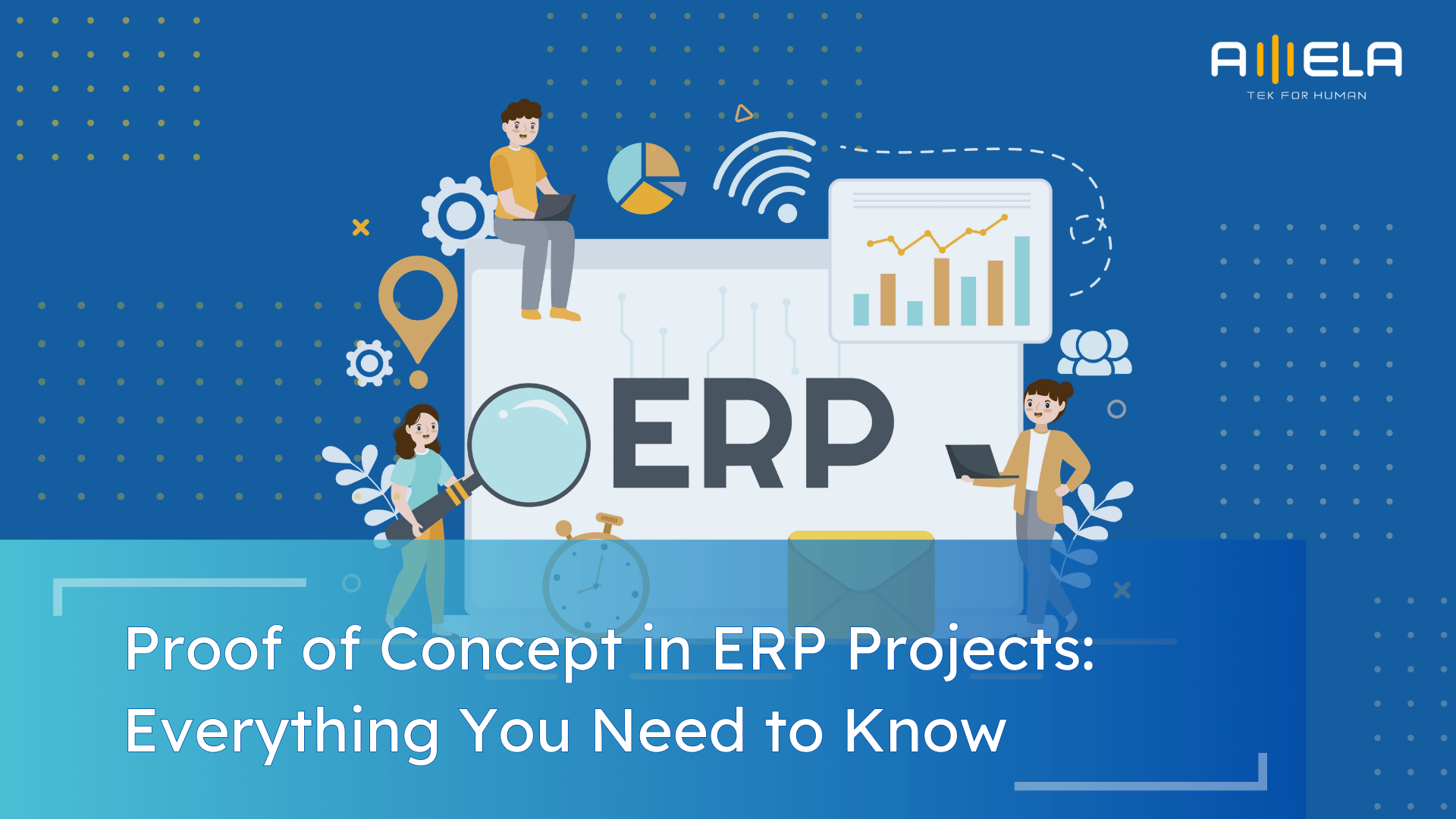Choosing the right frontend framework isn’t just a tech decision — it shapes how fast you build, how your team works, and how easily your product can grow. At AMELA, we’ve built products with all three – Angular vs React vs Vue.js — for clients ranging from lean startups to large enterprises. Each has its […]
When you hear “Android development,” you probably think of Kotlin or Java. But behind almost every mobile app is a backend that powers user accounts, payments, content, and notifications. That’s where PHP still has a strong role. In this blog, we’ll walk you through why you should choose PHP Android app development, which frameworks to […]
If you’re thinking about scaling your development capacity, one option keeps popping up: build a tech team in Vietnam. Over the last few years, Vietnam has gone from an emerging outsourcing market to a trusted destination for startups and enterprises worldwide. Why? Because it offers the sweet spot — solid engineering talent, fair costs, and […]
Building an online store with WordPress doesn’t have to be complicated — with the right plan, tools, and guidance, anyone can launch a professional e-commerce store. E-commerce is booming, and WordPress remains one of the most flexible and cost-effective platforms for sellers of all sizes. From our experience at AMELA helping businesses and solo entrepreneurs, […]
The search for the right outsourcing partner often starts with one question: who are the best players in the market? Vietnam has earned its spot as one of Asia’s most attractive outsourcing destinations, thanks to competitive rates, skilled engineers, and a delivery style that balances speed with quality. In this guide, we break down the […]
Android app development can feel overwhelming for beginners: so many devices, so many tools, and so many steps to learn. The good news? With the right guidance and a structured approach, anyone can go from idea to published app. At AMELA Technology, we’ve helped startups and enterprises build Android apps for everything from logistics to […]
Every great online store starts with a solid foundation. But too often, businesses outgrow their eCommerce platforms — struggling with slow performance, limited customization, or clunky integrations that can’t keep up with customer expectations. That’s why many teams (ours included) reach for Laravel. It’s a flexible, secure foundation that scales from a simple shop to […]
Wrong web development tools cost businesses months of lost time and thousands in fixing mistakes. The right platforms speed up your launch and prevent expensive problems later. This guide covers 20+ established web development platforms, including React, Vue.js, Node.js, and Django, with their strengths, shortcomings, and ideal usage to meet your project needs and team […]
Artificial Intelligence (AI) is transforming industries across the globe. Among the sectors witnessing the most significant shift is software development. The impact of AI on software development is profound, offering both advantages and challenges to businesses looking to innovate. As companies aim to automate processes, reduce costs, and improve efficiency, AI becomes an essential tool. […]
React Native has transformed mobile app development with its efficiency and cross-platform flexibility. But building a successful app isn’t just about the frontend — choosing the right backend for React Native apps is equally critical. In this guide, we break down the top backend options for React Native with clear pros and cons for each, […]













